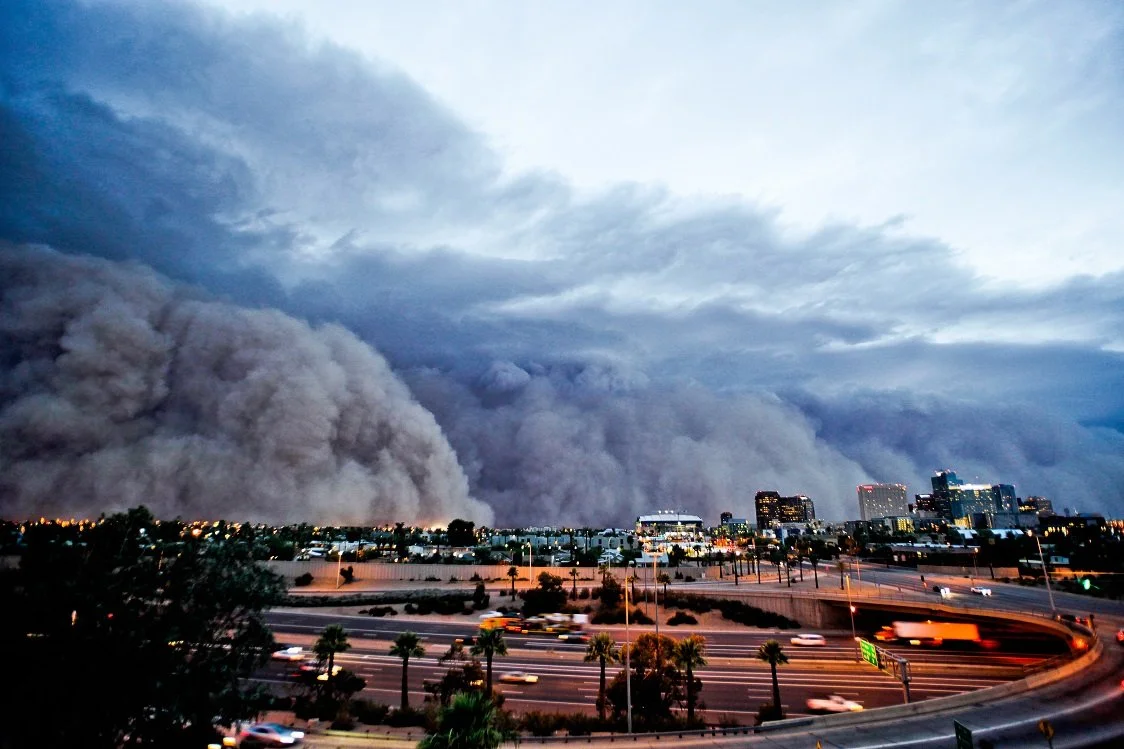Preparing For Monsoon Season in Arizona
Preparing For Monsoon Season in Arizona
From June through September, Arizona’s trademark extreme summer heat becomes a land of humidity and rainstorms as monsoon season arrives. This weather phenomenon brings the potential for heavy rain, lightning, hail, high winds and dust storms to the state.
Depending on where you live in the state, it can also bring dangerous flooding and flash floods. Almost half of the state’s annual precipitation falls during monsoon season, and the weather patterns can change rapidly. This is why it’s important to prepare ahead of time to keep yourself and your home safe from the elements.
This year, the National Weather Service-Phoenix predicts that Phoenix and most of Arizona will have below normal rainfall this monsoon season. That’s an abrupt turn from last summer, when Phoenix had one of its wettest July-September monsoon seasons on record.
The meteorologists say this year’s monsoon will likely start off dry for the majority of the state, with exception to far western areas of Arizona, such as Kingman and Yuma. But as the season progresses, it’s expected that most of the state will see above or near normal rainfall.
The monsoon is triggered by moisture in the Gulf of Mexico. It’s a time when the westerly wind pattern that usually persists throughout fall, winter and spring shifts to moist southerly winds. The resulting moisture helps build thunderstorms in the Arizona area, which can lead to heavy rain, high winds, lightning and dust storms.
In some cases, the severe storms can produce microbursts. These fast-moving storms can be especially hazardous to driving, with strong winds blowing debris in all directions. For this reason, drivers are urged to check the Arizona Traveler Information website or download the AZ 511 app before heading out on the road during the summer.
You should also be prepared for flooding and other weather hazards by assessing your property. Take steps to protect your house, particularly the foundation, by removing any loose debris and filling cracks. You should also double-check your gutters to ensure they’re free of obstructions and address areas in your yard where water may pool during severe storms.
Also, make sure to unplug your electronic devices and turn off appliances like televisions and computers before a storm hits. This will prevent damage caused by power surges. Finally, it’s a good idea to have an emergency kit with non-perishable food, bottled water, spare clothing, basic first aid supplies and flashlights or candles.
Before the storms hit, be sure to listen to local media reports and weather forecasts. Check the radar often to see if you should move to safer ground or stay put. It’s best to avoid outdoor activities when you think a storm is coming. If you are caught outdoors, know the signs of dehydration and heat exhaustion, and seek shelter in a shady area when possible. Also, don’t walk through tall grass or under any electrical lines. These could spark a fire. Lastly, always be aware of where lightning is striking.



